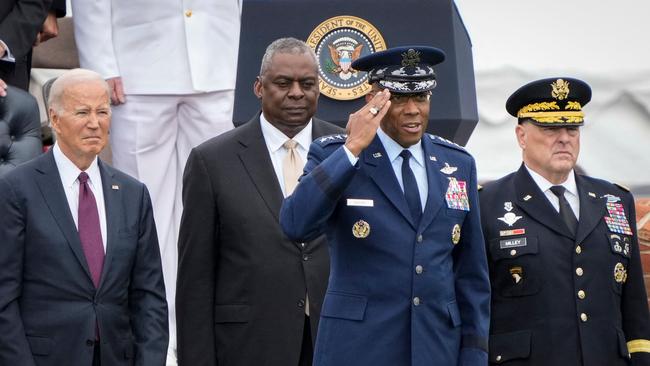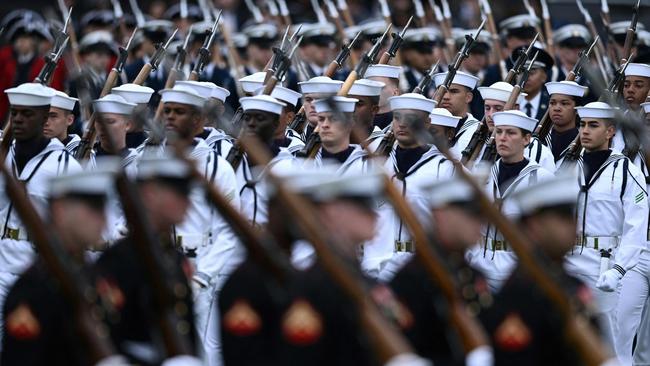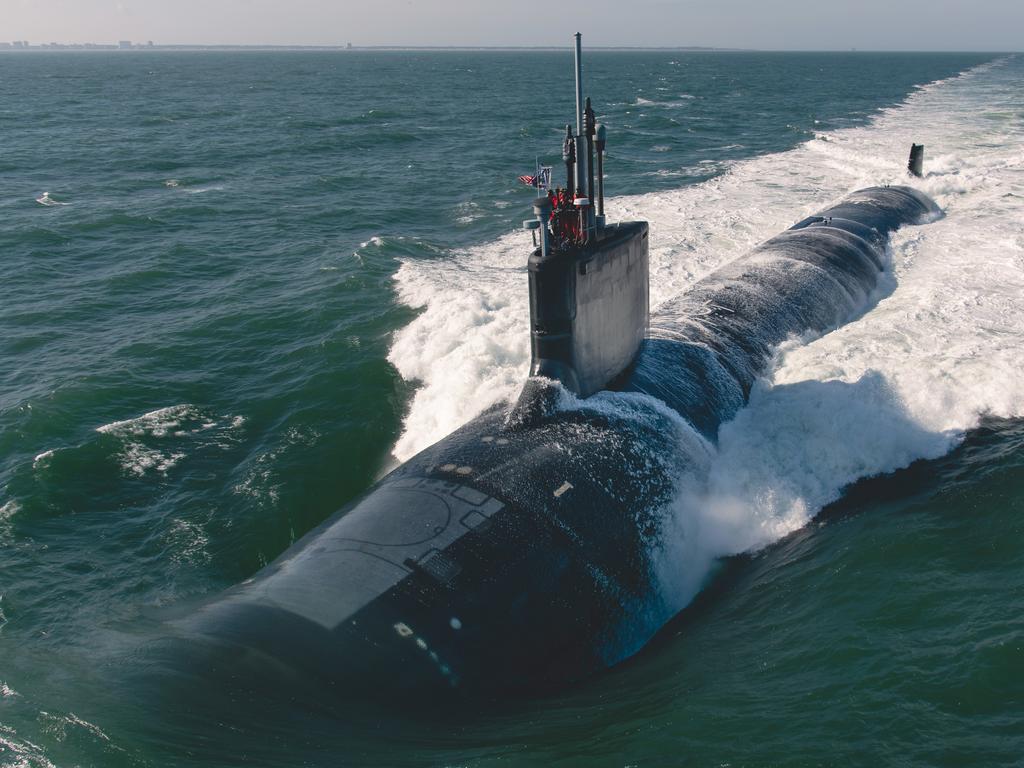US would need conscription for a confrontation with Russia, China: War College experts
Experts at the US Army War College have argued the Ukraine war has ‘exposed significant vulnerabilities in the [US] Army’s strategic personnel depth’.

The US would need to revive “partial conscription” in the event of a direct confrontation with Russia or China, according to new analysis by America’s leading army college, which forecasts 3600 US casualties a day in such a war.
Amid calls for Ukraine to boost conscription in its bid to expel Russia from the Donbass and Crimea, an article in the most recent issue of the US Army War College’s journal found the Russia-Ukraine war had “exposed significant vulnerabilities in the [US] Army’s strategic personnel depth”.
“Large-scale combat operation troop requirements may well require a reconceptualisation of the 1970s and 1980s volunteer force and a move toward partial conscription,” military officers Katie Crombe and John Nagl wrote in Parameters, the War College’s in-house journal.
“The 1970s concept of an all-volunteer force has outlived its shelf life and does not align with the current operating environment,” the article concluded.
The Nixon administration ended the draft in 1973 as the Vietnam War wound up, shifting to an all-volunteer force, which this year numbered 1.35 million active-duty personnel, including about 450,000 in the army, the largest of the services.
Record low unemployment and steadily declining patriotism, fitness and interest among young Americans have presented the US military with the greatest recruiting challenge in 50 years, experts say.

The US Army missed its recruitment target by 15,000 last year, and the Army Times reported last month that it would likely fall about 30,000 short (from a target of 65,000) for the fiscal year that ended on Saturday.
The share of 16-to-21-year-old males who said they expected to be serving in the army “sometime in the next few years” had declined from 23 per cent to 11 per cent over the 20 years to 2022, according to recent Defence Department polling.
“Dramatically increased casualty rates, with resulting implications for force structure and manning requirements, are just one of the many dramatic changes in the character of war,” the War College journal article concluded, based on discussion of the Russia-Ukraine war.
“The US sustained about 50,000 casualties in two decades of fighting in Iraq and Afghanistan … in large-scale combat operations, it could experience that same number of casualties in two weeks.”
British Defence Secretary Grant Shapps last week said he wanted to send UK troops to Ukraine to help train Kyiv’s forces, a suggestion later wound back by Prime Minister Rishi Sunak.
Former UK defence secretary Ben Wallace later urged Ukraine to increase conscription of younger Ukrainians to stand a better chance of prevailing in Kyiv’s bid to retake Donbass and Crimea from Russia, which invaded the territories last year and in 2014.
“The average age of the soldiers at the front is over 40. I understand President Zelensky’s desire to preserve the young for the future, but the fact is that Russia is mobilising the whole country by stealth,” he wrote in the UK Daily Telegraph on Monday.
Russian President Vladimir Putin last December approved plans to expand the Russian armed forces to 1.5 million soldiers by 2026, up from 1.15 million last year, after drafting about 300,000 reservists. Russian men are required to serve in the military for one year from the age of 18.
The US Navy, similarly failing to meet recruitment targets, was harshly criticised earlier this year after Yeoman 2nd Class Joshua Kelley, selected to be a “digital ambassador” for the service, launched a series of TikTok videos in which he appeared as his alter ego, drag queen Harpy Daniels.
The US Army War College, based in Pennsylvania, provides graduate level training for senior US military officers.








To join the conversation, please log in. Don't have an account? Register
Join the conversation, you are commenting as Logout